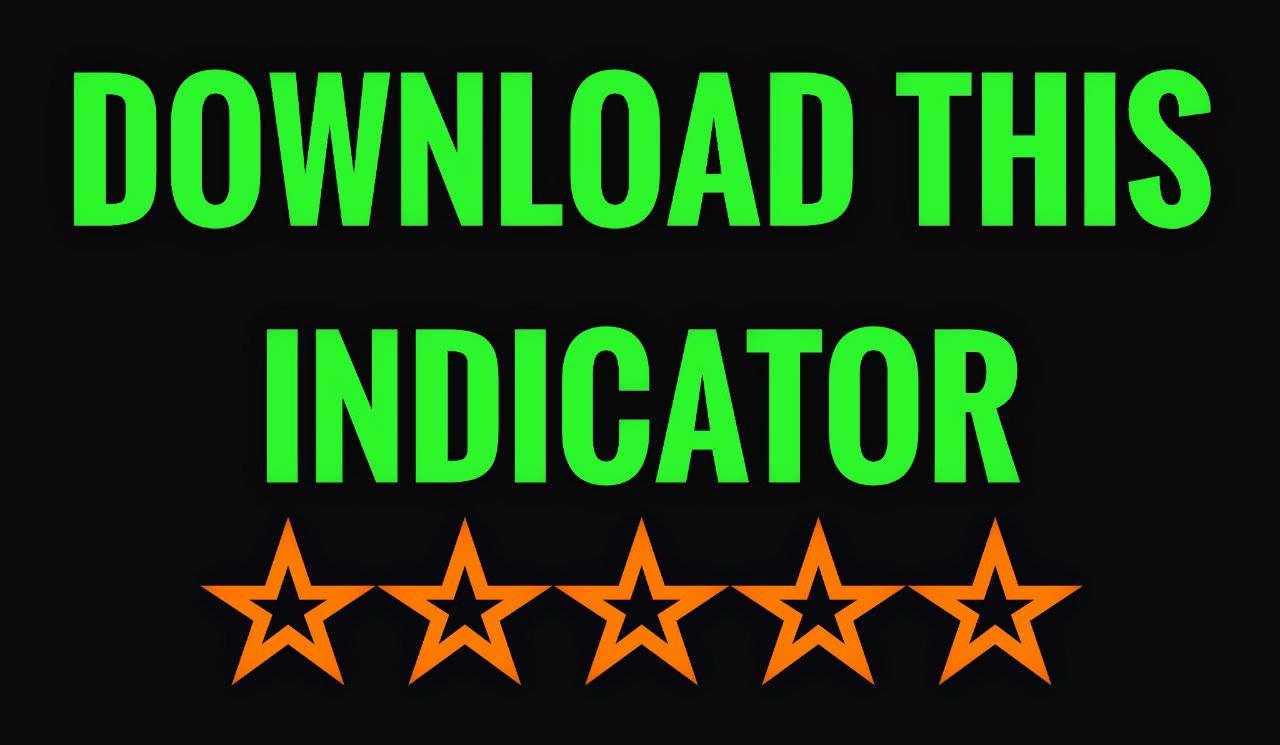When it comes to trading on the financial markets, having the right tools and indicators can make all the difference. One such tool that has proven to be a game-changer for many traders is the Relative Strength Index (RSI). In this article, we will explore how traders can harness the power of extreme RSI for trading on the H1 timeframe.
What is RSI?
The Relative Strength Index (RSI) is a momentum oscillator that measures the speed and change of price movements. It is used to identify overbought or oversold conditions in a market, as well as to confirm the strength of a trend.
WE ARE FEATURED IN
How to Use RSI on the H1 Timeframe
When trading on the H1 timeframe, it is important to use the RSI in conjunction with other indicators and technical analysis tools. One strategy that traders can use is to look for extreme readings on the RSI indicator.
An extreme reading on the RSI typically occurs when the indicator reaches values of 70 or above, indicating that a market is overbought. Conversely, readings of 30 or below indicate that a market is oversold. When the RSI reaches these extreme levels, it can signal potential reversals in price direction.
Traders can use extreme RSI readings to identify potential entry and exit points for their trades. For example, when the RSI reaches overbought levels, traders may consider selling their positions or opening short positions. Conversely, when the RSI reaches oversold levels, traders may consider buying or opening long positions.
Benefits of Using Extreme RSI on the H1 Timeframe
There are several benefits to using extreme RSI readings on the H1 timeframe. One of the main advantages is that it can help traders identify high-probability trading opportunities. By using the RSI to pinpoint overbought and oversold conditions, traders can make more informed decisions about when to enter and exit trades.
Additionally, using extreme RSI readings can help traders avoid getting caught up in false signals or market noise. By focusing on extreme readings, traders can filter out unnecessary information and focus on the most relevant price action.
Conclusion
In conclusion, harnessing the power of extreme RSI for H1 traders can be a game-changer in the world of financial markets. By using the RSI to identify overbought and oversold conditions, traders can improve their chances of making profitable trades and minimizing risk. Remember to always use the RSI in conjunction with other indicators and technical analysis tools for the best results.
FAQs
What is the Relative Strength Index (RSI)?
The Relative Strength Index (RSI) is a momentum oscillator that measures the speed and change of price movements. It is used to identify overbought or oversold conditions in a market.
How can I use the RSI on the H1 timeframe?
When using the RSI on the H1 timeframe, look for extreme readings of 70 or above for overbought conditions, and 30 or below for oversold conditions. Use these extreme readings to identify potential entry and exit points for your trades.
What are the benefits of using extreme RSI on the H1 timeframe?
Using extreme RSI readings can help traders identify high-probability trading opportunities, avoid false signals, and focus on the most relevant price action in the market.
Recommended Broker
Click Here==⫸ Trade with a Trusted Global Broker ➤ XM
- Platform: Metatrader4, Metatrader5
- Currency pairs: NZDUSD, USDCAD, AUDNZD, AUDCAD, NZDCAD, GBPCHF, XAUUSD (GOLD), BTCUSD (BITCOIN)
- Trading Time: Around the clock
- Timeframe: M5, M15, M30, 1H, 4H, 1D
- Minimum deposit: $100
- Recommended broker: XM













